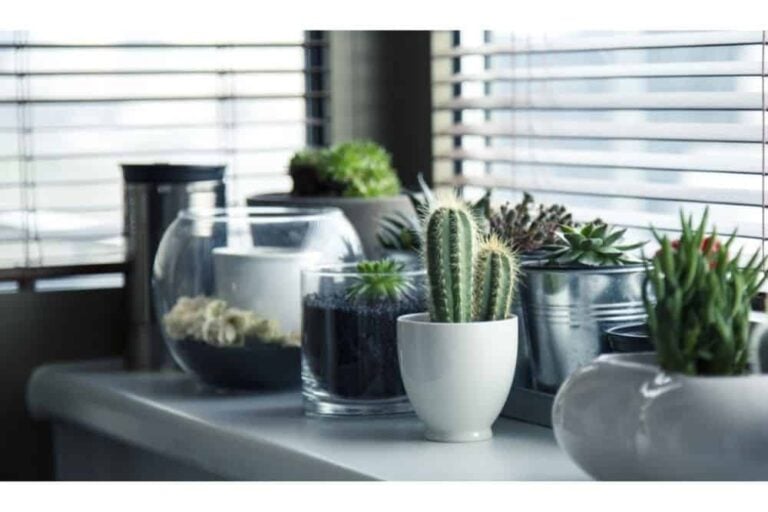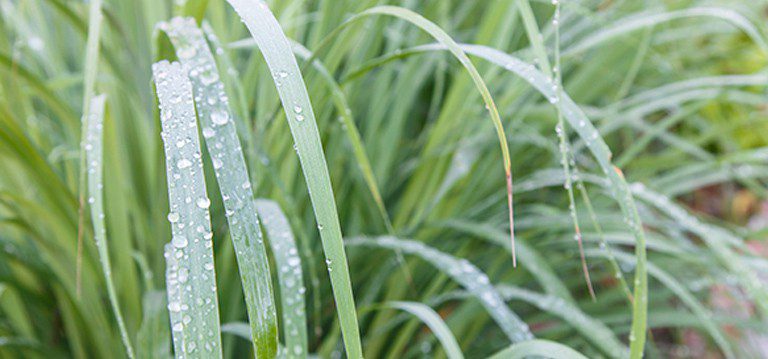Rubber Plant Care Guide: Advice and Recommendations
The rubber plant is a smaller variation of your typical rubber tree. It’s wide, colorful leaves and height can add an exotic touch to any room it’s in. Just like its tree counterpart, its leaves, stems, and trunk contain rubber that will slowly and stickily ooze out and potentially make a mess if you’re not careful. Even though this sap could drip all over the place if left unchecked, careful handling of the plant during maintenance will mitigate this issue. In addition to watering the plant and making sure it gets plenty of indirect sunlight, you will also have to periodically wipe down its leaves to keep them free from the dust that may otherwise inhibit their natural sheen.
A Big, Bouncy Plant
The rubber that we use in everyday life stems from rubber trees. Specifically, the sticky, gooey sap that oozes out of the tree when it’s scratched or cut. Granted, this substance is pretty low-grade compared to the industrialized stuff, but the latter may not have existed without the naturally recurring former.
The rubber plants that you can grow at home produce the same substance from its leaves or stems when it’s compromised. Of course, that’s not the reason for the plant’s allure. This handsome, potentially tall plant with its broad leaves brings a lot of character and a touch of approachable exoticness to any room.
How-To Video: Selecting a Rubber Plants
Like other plants, picking the right rubber plant should be a methodical, if not deliberate, process. It’s also one that can be relatively efficiently, if you know what you’re looking for. This video does a quick, but stellar job of helping you figure out the things you should keep an eye out for when you head to your local nursery.
A Word on the Sap
If you break the surface of a rubber plant’s leaves, stems, or trunk, you can prepare to see oozing sap, and plenty of it. In fact, the amount of milky-looking latex the plant produces is so abundant, it may develop into a drippy mess if you’re not careful.
And you should be careful, as the sap can be quite nasty. The substance can act as an irritant to eyes and skin, and have unpleasant consequences if it is somehow ingested. If you notice your plant is oozing, your best bet is to put on a pair of gloves before cleaning things up.
How Much Space is Needed for a Rubber Plant?
Rubber trees can become massive in their natural environment; they can grow to as much as 50 feet in length. Plants won’t get this large if you put them in your home, but you should plan on them taking up a significant chunk of space, as they have the potential to reach your ceiling.
Because rubber plants aren’t necessarily designed to be an indoor plant by nature, it’s wise to bring home a young plant instead of an old tree. This will not only allow the plant to grow within the confines of your home, it will also adapt to your homemade environment much more efficiently.
Taking Care of your Rubber Plant
Although rubber plants can make a mess because of its sap, they are for the most part easy plants to cultivate. A lot of the care that they require doesn’t differ too wildly from what you may be used to if you’ve worked with other plants.
Like a lot of home plants, rubber plants don’t fare well in direct light, although they like bright light. The amount of light can influence how the plant’s leaves grow; if you put the plant in limited light as new leaves emerge, you’ll end up with larger leaves.
A rubber plant can handle temperature swings much better than a lot of other plants. This gives you extra leeway in setting up its environment, as they can do well in temperatures ranging from 50 to 85 degrees Fahrenheit. Despite this hardiness, they still don’t react well to abrupt shifts, such as sudden drafts.
The amount of water your rubber plant will require fluctuates depending on the season. When the plant is in its dormant season, you may need to only water it once or twice a month. This amount will increase when your plant reaches its growing season.
Ideally, you’ll want to keep the soil moist. If you oversaturate the soil with too much water, the plant’s leaves will discolor and start to drop off. If the soil isn’t moist enough, the leaves won’t necessarily fall off, but you will notice a considerable amount of drooping.
You’ll particularly want to pay attention to your plant’s lower leaves, as they will give you the first indication that something needs to be adjusted. If you’re astute enough, you’ll be able to fix the issue before you start losing leaves.
Also Read: Caring for the Song of India Plant
Cleaning the Rubber Plant
One of the rubber plant’s key selling points is the natural sheen that’s produced by their leaves. However, as with any object you have in the home, the plant can accumulate dust. If left unattended, dust can quickly become your tree’s biggest enemy, as it simply won’t look its best.
As such, it’s important that you carefully clean the leaves off periodically, but you do so in a manner that’s a little more advanced than taking a feather duster or an old rag to the foliage. Ideally, you’ll want to carefully sponge the leaves off with a clean, damp cloth.
And “carefully” is the optimal word here. Remember, if you break the surface of the leaves or the stems, you may wind up having to deal with a gooey mess. Better to take a little extra time to clean things up than rush things and make a bigger problem.
If you simply perform routine plant maintenance on the rubber tree, and you respect the sap held back in its leaves and stems, it will reward your efforts by simply being gorgeous. And really, isn’t that the point of owning any house plant in the first place?
Photo by Mokkie Licensed Under CC BY-SA 3.0


